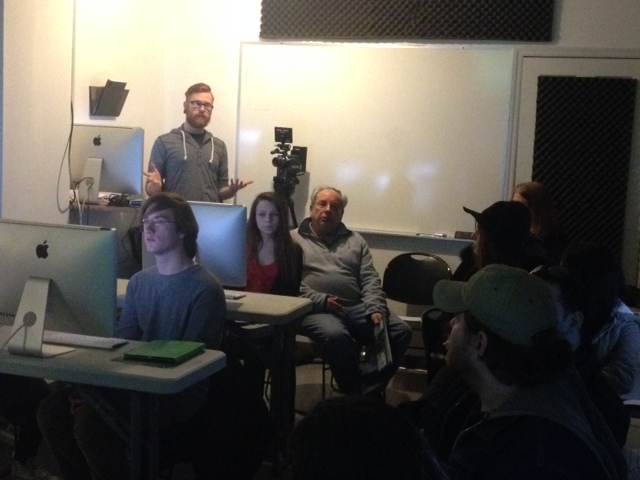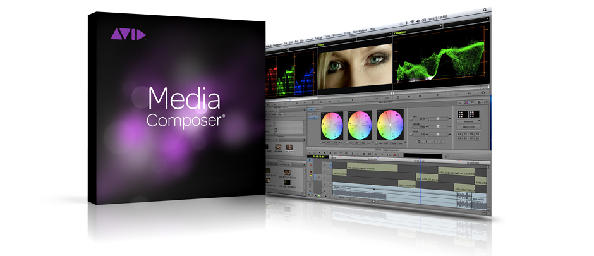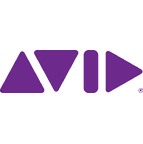When she was first considering film schools and living in Brazil, Carol Mazzoni did an internet search to discover which school might be best for her. Her main considerations were cost (number one) and location (number two).
It wasn’t long before she landed on the Digital Film Academy (homepage). Given the low cost and Times Square address, she knew she’d found a perfect fit.

Now, she’s also an employee at the DFA, managing the school’s Social Media and working on International Outreach. Additionally, she’s completed a variety of film projects, from short films destined for the festival circuit to web series she’s collaborating on with fellow DFA alums.
Mazzoni’s story is a common one at the DFA. The school boasts a large number of international students who’ve come to the US to pursue their dreams. For this reason, they are branching out by attending their first-ever student-based recruitment fair in Brazil in the second half of March 2014.

The Salão do Estudante, run by BMI, is one of the most active student recruitment fairs in the world, with 200,000 students coming through the fair in four days. Additionally, in days when the fair isn’t running, the DFA will meet with numerous agencies that work to partner students with the perfect program for their needs.

Mazzoni will be attending the fair along with DFA President Patrick DiRenna. Between agency meetings, meetings with prospective students, and the fair itself, the event will take them to several Brazilian cities over the course of two and a half weeks.
“It’ll be exciting to talk with the crowd and hear more about what international students are looking for,” Mazzoni says. “I can’t wait.”
By Digital Film Academy Blog Manager Sara McDermott Jain





















